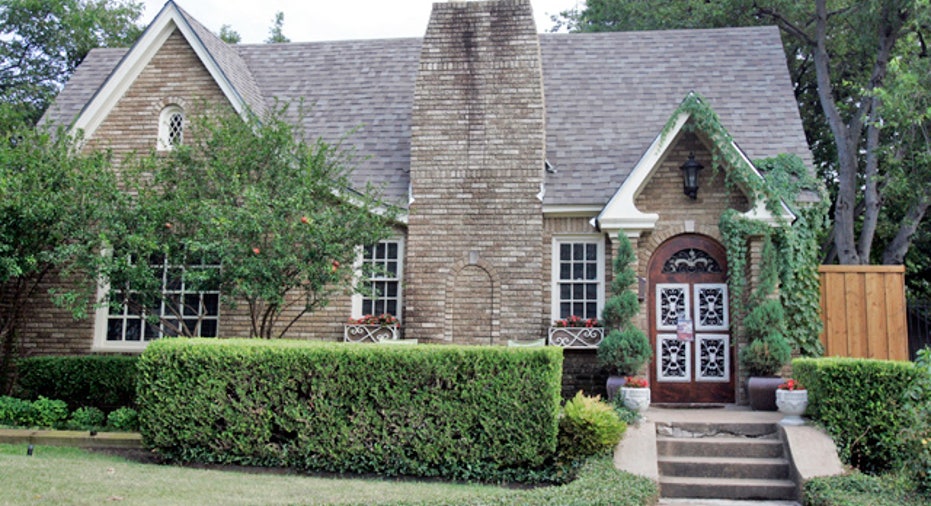Investment Property? 5 Ways to Crunch the Numbers

There are many ways to evaluate investment returns when you purchase an income property. But you are the only one who can choose which evaluation and analysis method is appropriate for you and satisfies your personal decision on the best investment. Let’s cover a few of the well-known ways to evaluate investment returns to hopefully provide some additional guidance for your decision making.
Appreciation in value
Many people buy a property, and their main criteria or investment analysis is that it will go up in value over time. This is probably the most common way that buyers evaluate real estate. The problem with this method is that it doesn’t take into account the cash flows the property can generate. And you need to beware of those negative cash flows, as noted below.
Cash-on-cash return
Cash-on-cash return is calculated by taking your estimated, or proforma, cash flows and dividing them by the amount of cash equity you invest to purchase the property. For example, if I invested $40,000 into a property and earned $4,000 per year in free cash flow, that’s a 10 percent cash-on-cash return — and a very good deal if those numbers come true.
You can also buy properties that have negative cash flows, typically fancy prize downtown condos or properties in the most expensive areas of town. I don’t recommend buying these because it could be several decades before they truly turn positive, and all those years you will be covering that negative cash flow via investing additional equity. Note that positive cash flow properties pay you, while negative ones keep taking additional money out of your bank account.
Cash-on-cash return, with conservative estimates of rent and expenses, is by far the best way to help you make better long-term wealth building decisions.
Internal rate of return and net present value
Two other common methods for evaluating real estate investments are internal rate of return and net present value. Both take into account the time value of money theory, and both are more complicated than I can explain here. However, although these are well-known and heavily used in the commercial arena, in my opinion they have one fatal flaw: Both of these calculate a rate of return based heavily on a future sale of the property and an estimated price that the property sale will generate. There’s the problem, the “estimation” factor. So someone can estimate whatever outrageous sale amount they project for 7-10 years down the road, and it will make either of these two measures show the property to be a great deal! The question is: Will those projections come true? Often they do not.
Gross rents multiplier
There is also gross rents multiplier (GRM), which takes the property price and divides it by the gross rents the property can generate. So if the price is $100,000 and the annual rental income is $10,000, the GRM is 10. You would compare this to other properties in the area to see how they fare against those. While these may be a good rule of thumb, they don’t show a true picture. Different properties can have different expenses, and GRM does not account for those differences. So you may end up making a decision based on an incomplete analysis.
As noted above, you are the only one who can truly determine how good an investment deal you will get when you buy property. Always be conservative in your estimates of rents and expenses because rarely does a property financially perform as well as the original investors estimated or penciled out.
I’d opine that cash-on-cash return is your best bet. If the near-term financials look good, and you manage the property well and do the proper due diligence before and during your ownership, the future will hopefully be bright. And hopefully filled with more and more future positive cash flows that you can take to the bank!
Read More From Zillow:
- What Is a Good Real Estate Investment
- Smart Investing: A Tale of Two Townhomes
- Buying? Use this Checklist to Avoid Surprises
Leonard Baron, MBA, CPA, is a San Diego State University Lecturer, a guest blogger on Zillow.com, the author of several books including “Real Estate Ownership, Investment and Due Diligence 101”, and loves kicking the tires of a good piece of dirt! See more at ProfessorBaron.com.



















